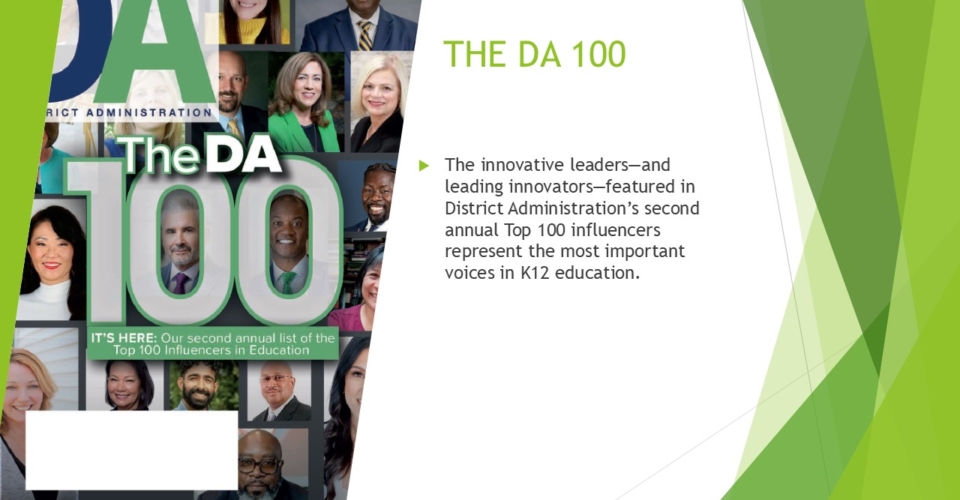With districts scrambling to cover staff shortages ahead of the new school year, an increasingly popular long-term solution—teacher apprenticeships—is getting a fresh jolt of financial support.
New guidelines to help states and districts create teacher apprenticeships were released Thursday by the U.S. Education and Labor departments. The latter agency has allocated $65 million for registered apprenticeship programs in education and other professions. The Department of Education, meanwhile, is providing an additional $27 million in funding for educator preparation programs.
“Providing opportunities for future teachers to earn while they learn has created an affordable and exciting pathway into the teaching profession that can help states build a talented and diverse pipeline of educators at a moment when doing so has never mattered more,” U.S. Secretary of Education Miguel Cardona said in a statement.
More from DA: Virginia superintendents line up to defy new K12 transgender restrictions
Over the last year, the number of states with registered teacher apprenticeship programs has grown exponentially, from two to 21, Cardona added. The new apprenticeship guidelines were developed by The Pathways Alliance, a coalition of education organizations focused on improving teacher preparation. States and districts can follow the guidelines to expedite the launch of apprenticeships and align their programs with K12 teaching standards, the Biden Administration says.
Just over half of the Department of Education’s $27 million investment in educator preparation will fund Teacher Quality Partnership grants, which are targeted toward improving teacher training programs. The remaining $12.7 million in Supporting Effective Educator Development funds will help districts develop and disseminate best practices for teacher preparation and career advancement.
Finally, the Department of Education’s new “Raise the Bar” policy brief details how several states are enhancing their recruitment, preparation and retention initiatives to tackle teacher shortages.



